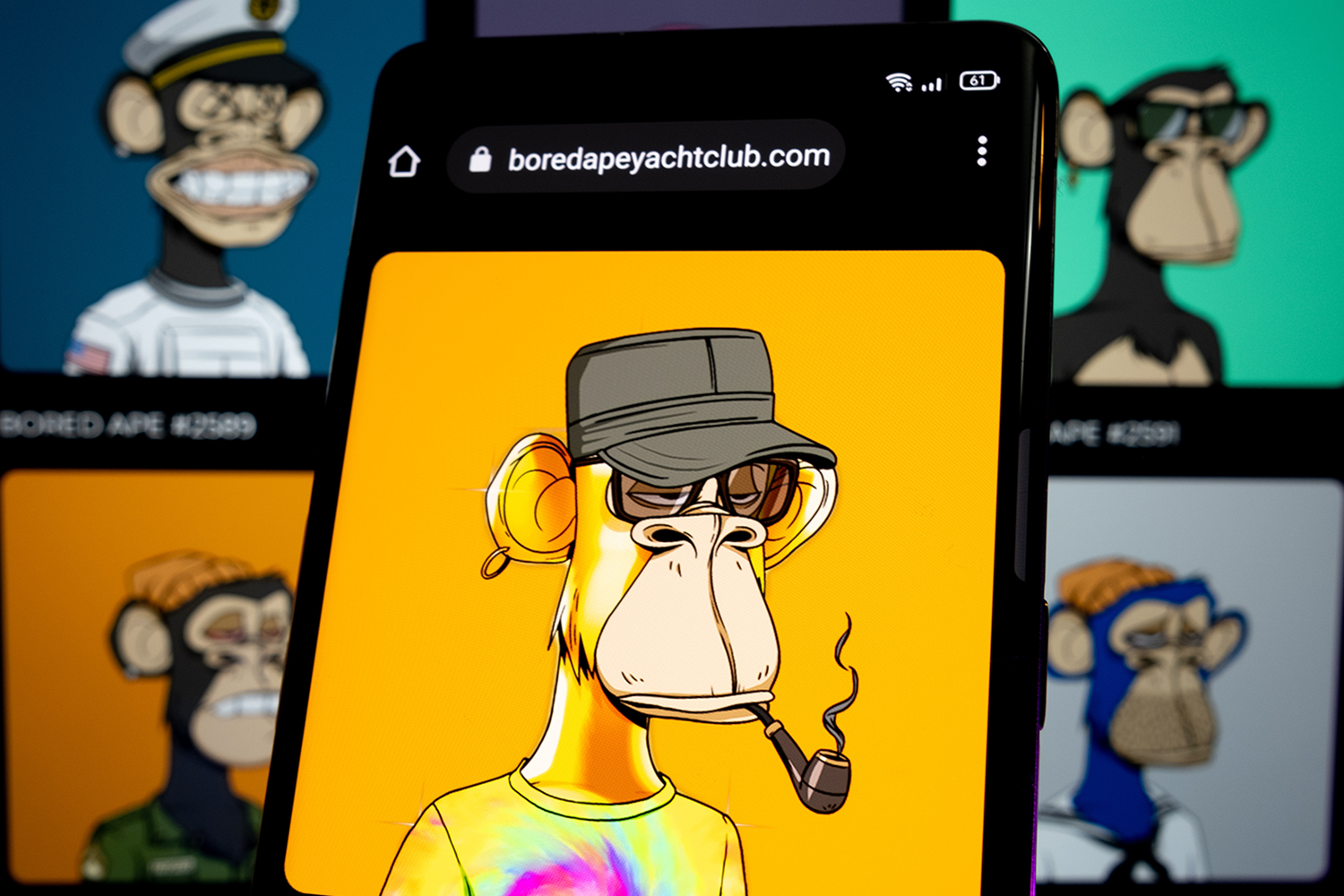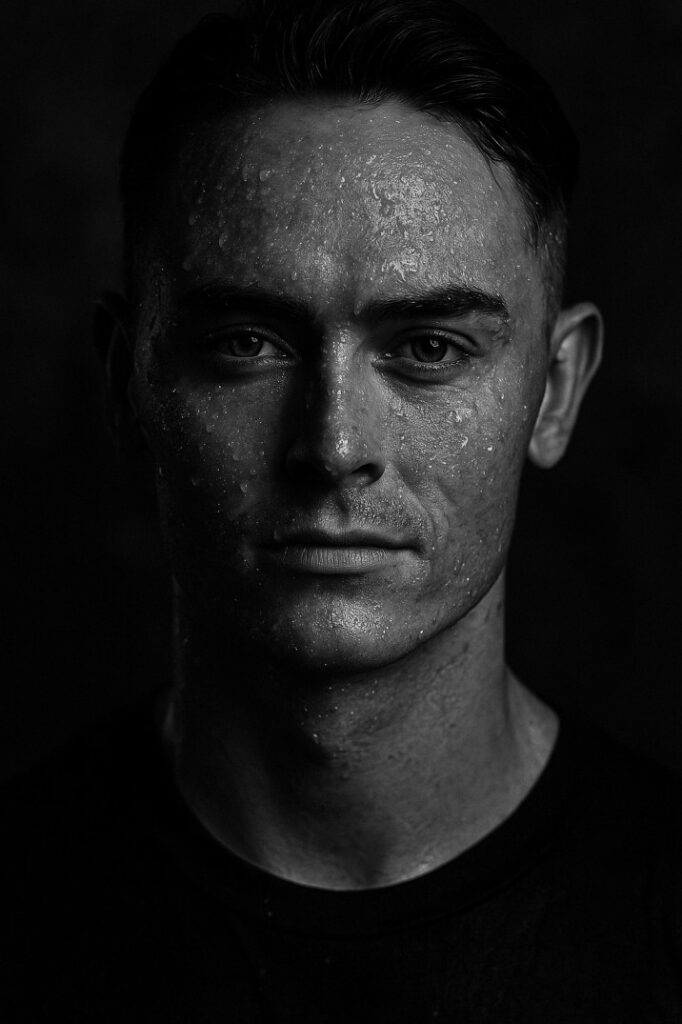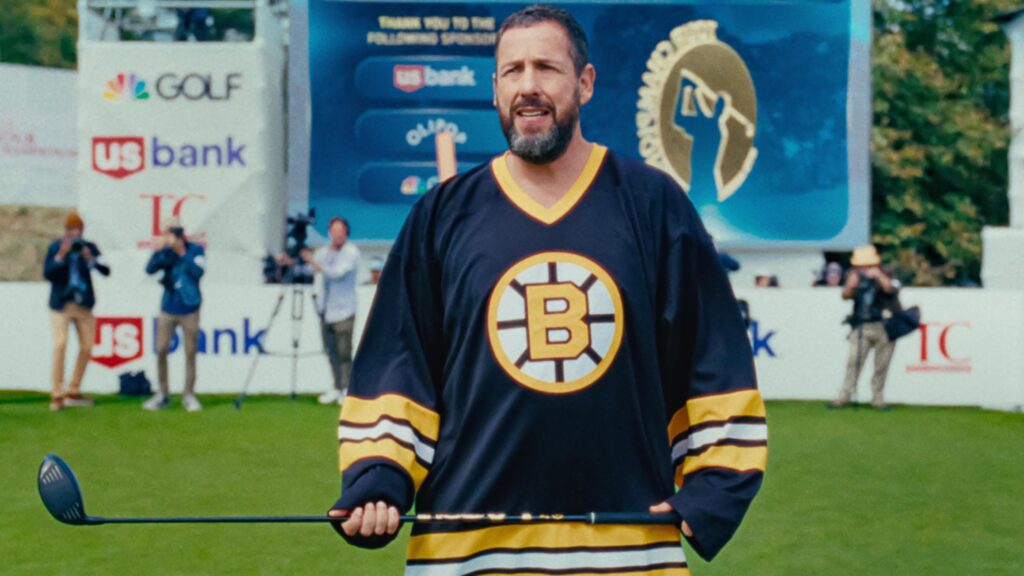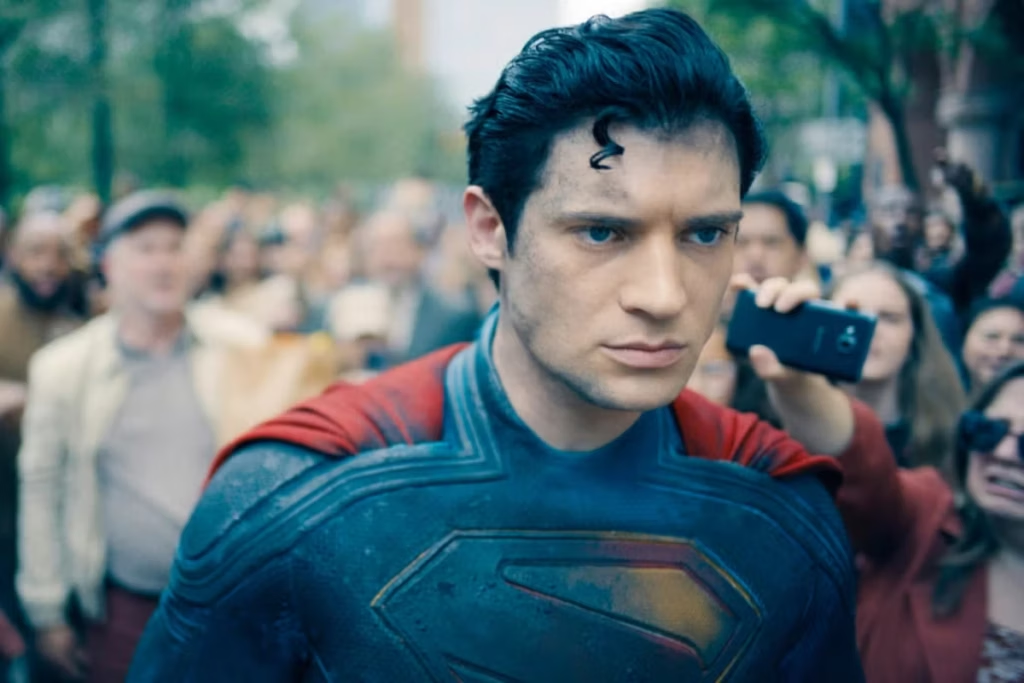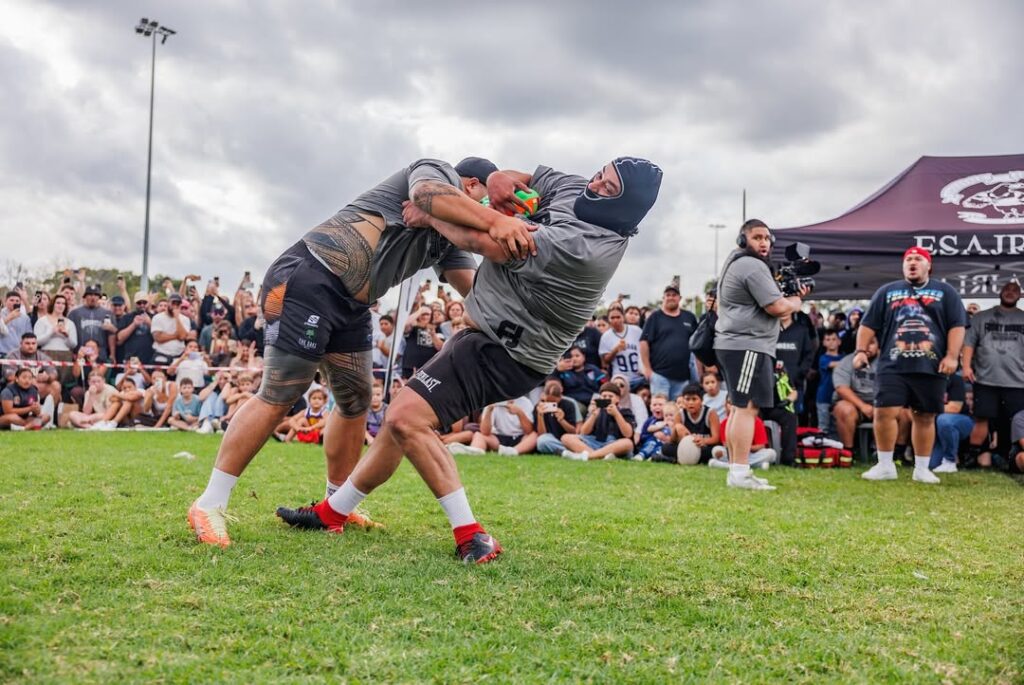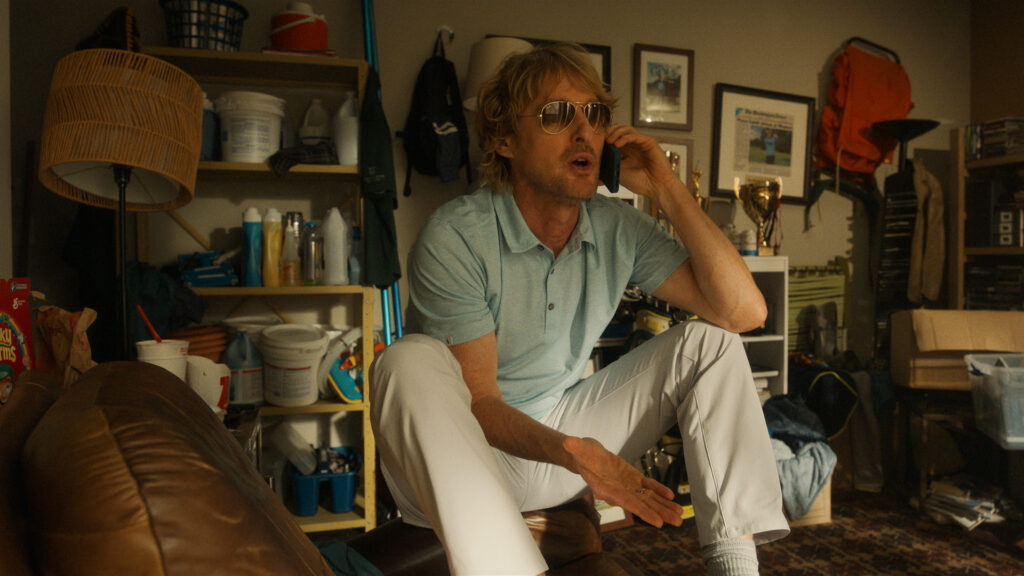NFT’s appeared and became the rage of 2021.
A QR code linking to an NFT store stole the cover of Vogue Singapore, Louis Vuitton added NFT’s into their mobile gaming app, and Harry Styles’ famous crochet cardigan was recreated and auctioned in the digital space for thousands of dollars. And that doesn’t even begin to cover it.
Myself along with many others had absolutely no idea whether to act on the newfound phenomenon or just completely block it out. It was a digital revolution before our eyes, and it happened very fast. But are NFT’s a fad or are they a pivot in the digital world?
NFT’s, Non-fungible tokens, are digitally traded assets. They are sold on digital platforms, and have a code stored on the blockchain which shows the trail of ownership, offering the initial creator a royalty every time the asset is on-sold. And anything can be sold as an NFT. Digitally powered perfumes, monumental moments captured digitally, and more.
It’s obviously a given then, that sports, one of the most fan-dependent and memorabilia focused industries, has entered the NFT space. But only recently. Fantasy tipping, exclusive virtual experiences, and of course team memorabilia are just some of the ways teams are monetising online with leagues such as the AFL and NFL set to emerge with NFT offerings in 2022.
In the meantime, pro athletes have found a huge success by digitalising their own collectables and memorabilia independently of their teams. Recently launched Australian grown NFT Platform Stadio is leading the way forward for Aussie athletes to leverage technology and create the equivalent of digital, limited-edition memorabilia.
With investors such as Rugby League’s Latrell Mitchell, the platform provides athletes a means to create value for their fans digitally. The tokens offer unique ownership of anything from an image of a great sports moment, commentary from an occasion, or even images of valuable sporting equipment.
“The crypto space is gaining more and more momentum each day, so it’s exciting to be able to provide a platform for athletes to easily get into the market and maximise their worth” says Stadio director, Jo Healy.
And if the US sports market is anything to go by it seems there are big dollars to be earned. NBA favourite LeBron James offered an NFT video clip of his Kobe Bryant tribute dunk selling for over $387,000 USD. Meanwhile NFL icon Rob Gronkowski’s NFT collection has generated over $1.8 million of sales online.
Locally, the South Sydney Rabbitohs have become the first Aussie sports club to confirm they will make available digital assets via NFT sales.
Similarly, athletes such as ex-cricketer Adam Gilchrist have delved deep as NFT ambassadors, and rumour has it individual cricketing athletes have been offered figures over $1 million to license their images for sale as NFTs.
But it isn’t just their sports focus. Celebrities and athletes are able to monetise their name and likeliness highlighting their other talents and interests. Latrell Mitchell is selling his indigenous artwork collection as NFT’s on Stadio, and multitalented basketballer-cross-filmmaker Matthew Adekponya is selling his newest stunning photography collection, 365 days of Rae, on online market Open Sea.
So while NFT advocates promise big things, the volatile and uncertain nature of the market leaves us a little cautious.Similar to stock trading, NFT investments are often made on the premise that they are investments, as the name suggests. Basically, purchased with an intention that they either grow in value and are kept, or grow in value to be sold at a later date for income generation.. And as we know this all depends on future demand, and in this case, the popularity of the creator down the track.
Truth be told looking at figures, NFT sales peaked in early 2021. But with huge-multi million dollar sport and athlete deals being finalised within the next few months, we are curious and keeping our eyes wide open. Maybe a soft investment at this stage… to get a small piece of the pie early on.




